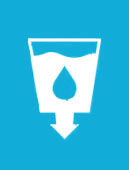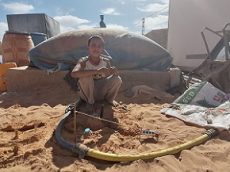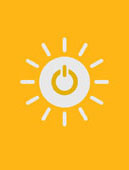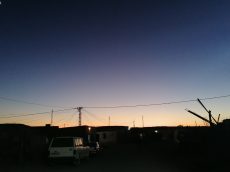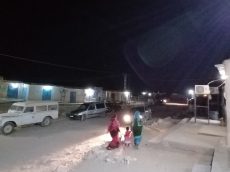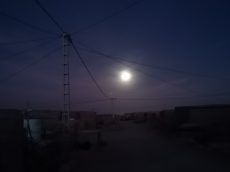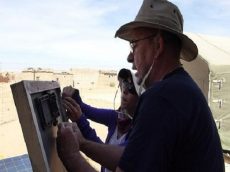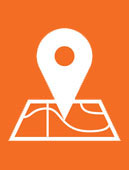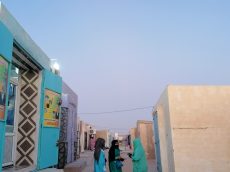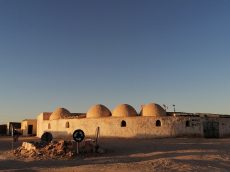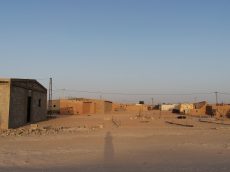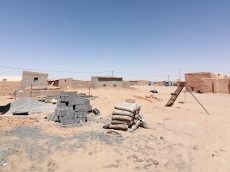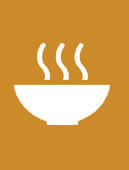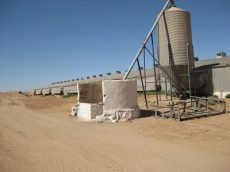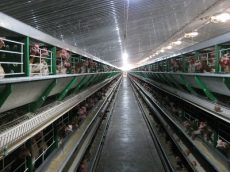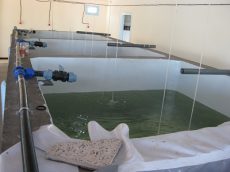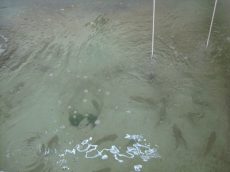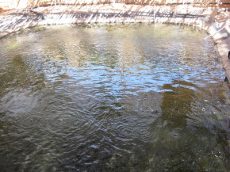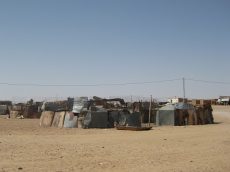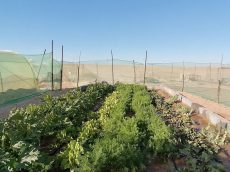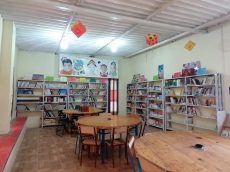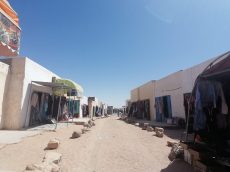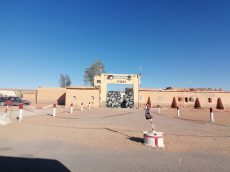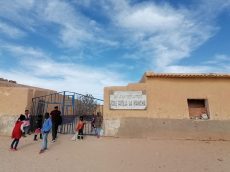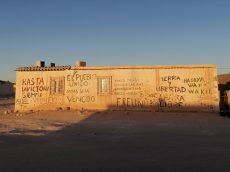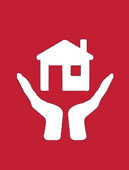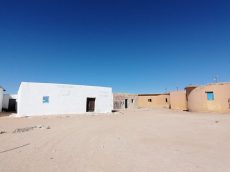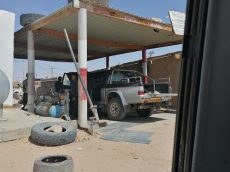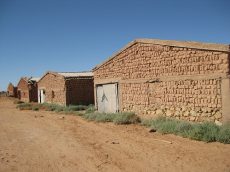The rate of child malnutrition in Smara is one of the highest, accompanied by high rates of anemia among pregnant and lactating women; a situation that was exacerbated by flooding in 2008, 2012 and 2016.
One of the factors that also affects food security is the nutritional quality of the food. Refugees have limited access to fresh produce, such as vegetables and meat, as their diet is based on the basic food basket provided by the World Food Programme (WFP), managed by the Spanish Agency for International Development Cooperation (AECID) and Oxfam. These basic food provisions consist of canned products, wheat flour, vegetable oil, rice, sugar, lentils, soy and wheat. However, the food included in basic household provisions does not represent the traditional diet of the Saharawi people, which has reflected a lack of interest in the population itself by not taking their cultural identity into account. Fresh produce, such as onions, potatoes, carrots and apples are also distributed. All households receive the same amount of food, regardless of the number of family members per household.
In addition to the above, the soil characteristics of the hamada desert are a limiting factor for both agricultural production and the availability of sufficient feed for livestock farming. There are no reliable sources of employment in the camps, where men typically work in construction and trade, and very few in agriculture (community gardens). On the other hand, the majority of women are in charge of caring for the household and child-rearing. Faced with such difficulties, the food security of refugees has been met through humanitarian aid provided by international agencies.
It is also important to note the existence of a poultry farm and a fish farm, both of which are located in the Hussein Tamek poultry complex. To this end, a small percentage of egg production is allocated to the Saharawi Red Crescent for further distribution to the refugee population most in need. With regard to the fish farm pilot project (where tilapia is produced), part of the produce will go to pregnant women and children with anemia.





